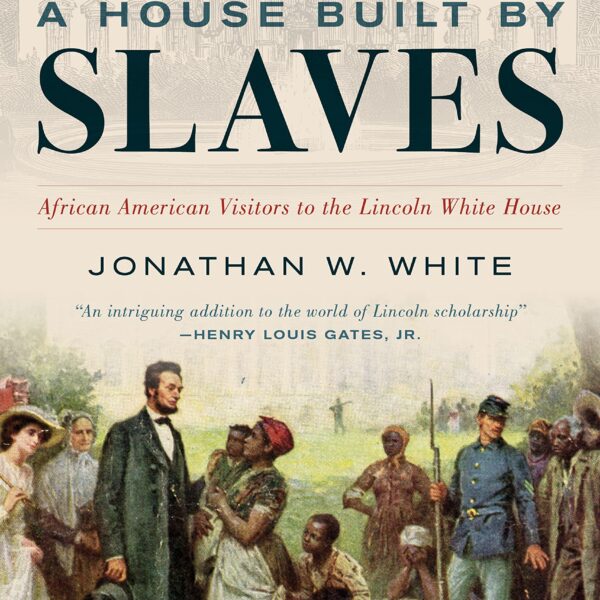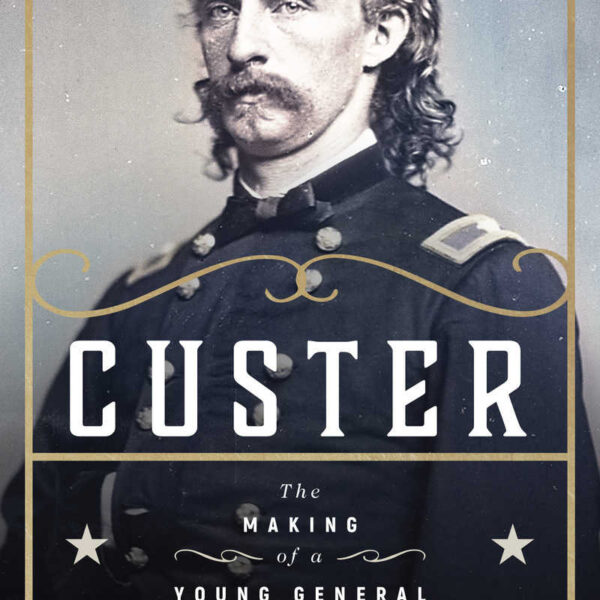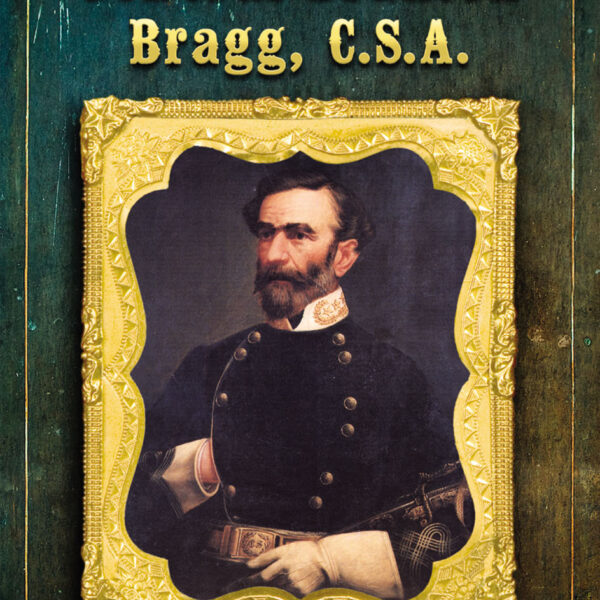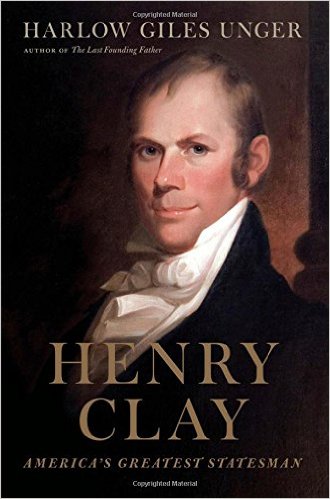The memory and meaning of the Civil War exerted a profound and expansive influence on American workers for decades after the conflict concluded. Matthew Stanley’s Grand Army of Labor is a wide-ranging and deeply researched study that explores how the war’s echoes both strengthened and constrained the labor movement as it wrestled with the growing power of industrial capitalism.
Stanley traces the Civil War’s meaning as it affected labor and the left in the 75 years from the war’s conclusion to the Popular Front of the 1930s. The memories and images of key figures—especially Abraham Lincoln and John Brown—intertwined with labor protest and leftist politics decade after decade well into the twentieth century. Concepts such as “wage slavery” and the “army of labor”—some with roots in the antebellum decades—were molded by Civil War veterans and their descendants as they strove to build trade unions, farmers alliances, and socialist parties to combat exploitation in the postwar economy.
Stanley’s study gives a rich portrait of how labor leaders and third party political activists used these Civil War tropes, images, and ideas to construct hard-hitting critiques of capitalism and urgent arguments for workers’ solidarity and organization. They reminded workers that the fundamental goals of the war—what they believed to be human liberation and not just preservation of the Union—remained unrealized in the face of rising inequality. The late nineteenth century would witness the workers’ battle against the Money Power—inheriting the memories and inspiration of the abolitionists’ crusade against the Slave Power. He also shows how Civil War memory became entangled quickly in America’s fraught race relations—and manipulated readily by employers and establishment politicians into appeals for patriotic obedience over protest. If the white boys in blue and gray were to come together against a new common enemy (who exactly was that—the boss, the immigrant?), would they also organize with black workers, or women workers, or those who waved the red flag of revolution?
This book offers a deep dive into the Civil War’s multifarious meanings to veterans as they struggled to make their way in postwar America. But the study often stays at the level of political and labor leaders and their rhetoric when it could have looked closer at the rank-and-file and how they deployed their wartime memories in streets, shops, and picket lines. There are also times when readers could benefit from clearer narrative and analytical signposts along the journey. The many excursions into the antebellum period risk creating anachronistic distractions rather than advancing the core arguments. Some discussions go over territory that will be quite familiar to Civil War historians, and well as those who study labor history and the late nineteenth century. Stanley should have pressed further into how his analysis opens up new insights into familiar subjects such as Greenbackers, Knights of Labor, Populists, the Socialist Labor Party, and the American Federation of Labor. A sharper focus on the Civil War memories and meanings, and less on general organizational histories, might have been beneficial. There could have been further discussion about how recurring tropes change over time and within particular organizations as they face new circumstances and opposition. In fact, the book could have been organized around a series of chapters devoted to these key images and ideas, and their evolution over time and through different organizational incarnations, rather than a structure that revolves around the organizations and movements themselves.
This book both deserves and rewards a close reading; it wrestles with complex questions of how memories of war and patriotic obligation were fashioned into new critiques of and agitation against industrial capitalism in postwar America. Yet it also reveals how those multifarious meanings of patriotism sometimes flowed back into familiar channels of duty and obedience to established political authority. Who exactly was the slave and the abolitionist in the labor wars of the late nineteenth century? Did freedom lie in the liberation of all workers or in the promises of free enterprise and the defeat of dangerous foreign ideas? Many different answers swirled throughout the labor movement in the late nineteenth century, and Matthew Stanley’s capacious study gives many voices their due in this decades long struggle to harness the meaning of the Civil War into the fight for a more democratic America.
David A. Zonderman is an Alumni Distinguished Undergraduate Professor and Department Head in History at North Carolina State University. He is the author of Aspirations and Anxieties: New England Workers and the Mechanized Factory System, 1815-1860.




